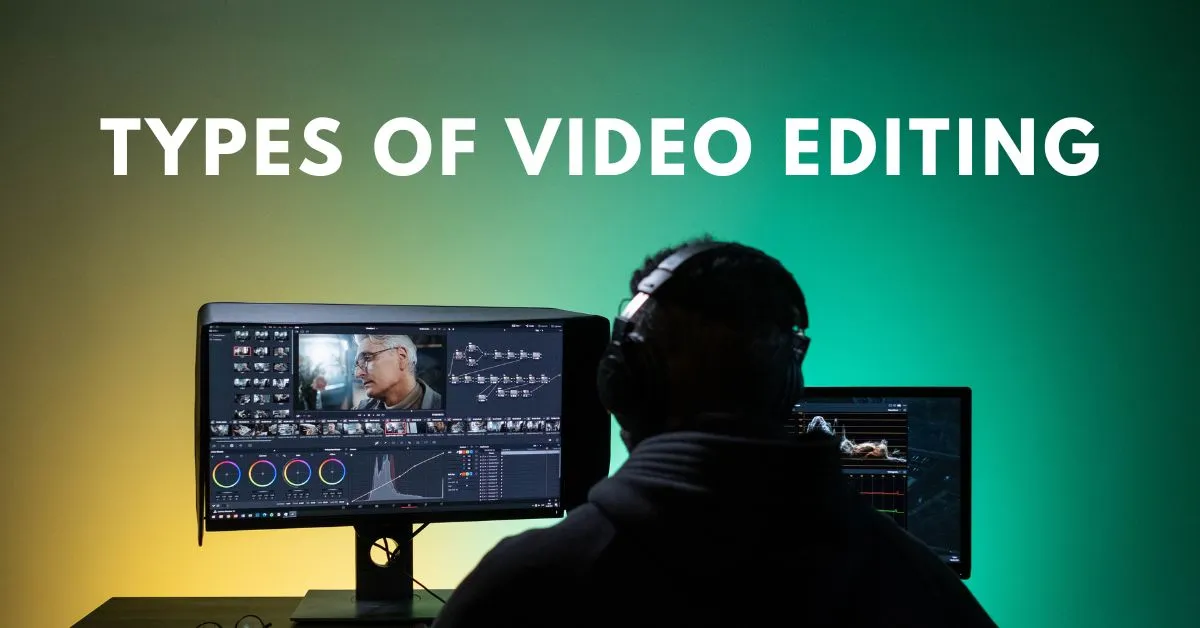


22, June 2023
Video editing is a crucial step in the content creation process, allowing storytellers to shape their raw footage into engaging and impactful videos. From simple cuts and transitions to complex visual effects and color grading, video editing offers endless possibilities for creative expression. In this comprehensive guide, we will delve into various types of video editing techniques and explore how they can elevate your videos to the next level.
Begin by understanding the fundamentals of basic video editing techniques. Learn how to trim and rearrange clips, apply simple transitions, adjust audio levels, and add text overlays. Basic video editing is ideal for creating concise and straightforward videos, such as vlogs, interviews, and short promotional clips.
Montage editing involves creating a sequence of shots that convey a particular message or evoke a specific emotion. This technique is often used in music videos, travel videos, and highlight reels. Learn how to synchronize visuals with music or sound effects, use creative transitions, and maintain a consistent rhythm to captivate your audience.
Narrative editing focuses on storytelling, where footage is carefully arranged to convey a cohesive narrative structure. Understand the importance of shot sequencing, pacing, and continuity to create a seamless and engaging storyline. Learn techniques such as parallel editing, flashbacks, and cross-cutting to enhance the dramatic impact of your videos.
Documentary-style editing involves compiling real-life footage to tell a non-fictional story. Discover how to organize interviews, overlay supporting visuals, and incorporate voiceovers or narration. Understand the significance of pacing, archival footage, and establishing the credibility of your narrative to create compelling documentary-style videos.
Special effects editing involves adding visual elements that go beyond the original footage. Explore techniques such as chroma keying (green screen), motion tracking, and compositing to incorporate visual effects seamlessly. From creating fantastical environments to enhancing action sequences, special effects editing adds a layer of creativity and visual appeal to your videos.
Color grading is the process of adjusting the colors and tones of your video to enhance the mood and atmosphere. Learn how to manipulate brightness, contrast, saturation, and color balance to achieve the desired visual aesthetic. Understand different color grading styles, such as warm tones for a nostalgic look or desaturated colors for a gritty feel.
Motion graphics involve adding animated elements, text, and graphical overlays to enhance the visual storytelling. Discover how to create engaging titles, lower thirds, animated logos, and dynamic infographics using specialized software. Incorporate motion graphics to provide context, highlight key information, or add a touch of visual flair to your videos.
As virtual reality technology gains popularity, VR editing has emerged as a specialized field. Learn how to edit immersive 360-degree videos, navigate through different viewing angles, and add interactive elements to create a truly immersive experience. Understand the unique storytelling opportunities and challenges presented by VR editing.
With the rise of social media platforms, video editing for social media requires specific considerations. Master techniques for optimizing videos for different platforms, such as vertical (portrait) video editing for Instagram Stories or square videos for Facebook. Understand the importance of capturing attention quickly, incorporating captions, and designing visually appealing thumbnails.
Collaborative editing involves working with a team of editors or clients. Learn how to effectively collaborate, organize project files, manage version control, and provide constructive feedback. Explore collaborative editing tools and platforms that streamline the editing process and facilitate efficient communication.